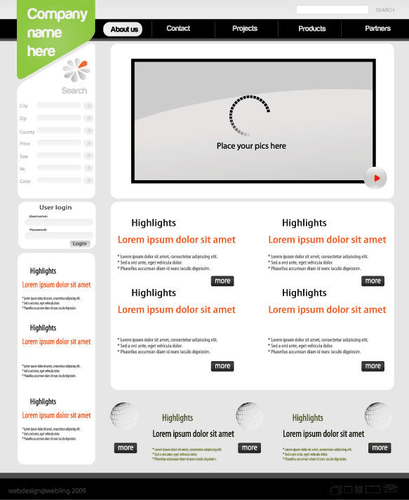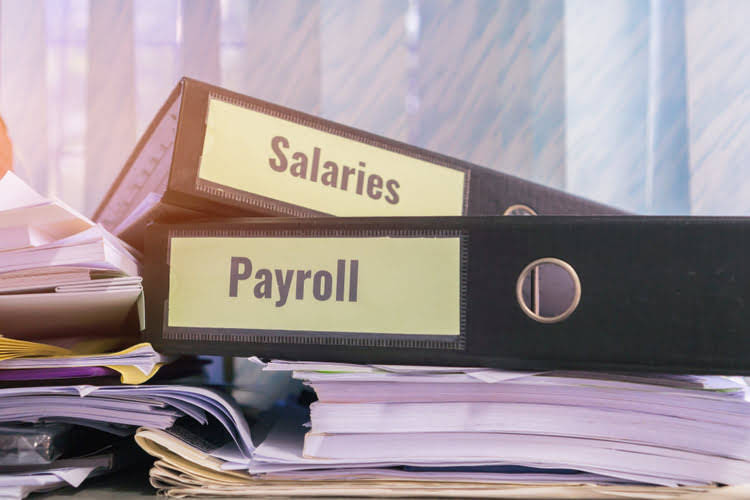
For example, a pharmaceutical company with a patent on a new drug allocates the cost of the patent over its useful life, ensuring that expenses are matched to the revenue generated by the drug. However, it will be amortized at the end of each year for 5 years on a straight-line basis ie. 200,000 will be recorded as an expense and will be written off from the amount of software each year is accumulated amortization an asset for 5 consecutive years. Sometimes, amortization also refers to the reduction in the value of a loan. Our AI-powered Anomaly Management helps accounting professionals identify and rectify potential ‘Errors and Omissions’ on a daily basis so that precious resources are not wasted during month close.

🧾 Common Depreciation Methods and Their Formulas
The amortization of software is calculated based on the cost of the software, the useful life of the software, and the expected future cash flows generated by the software. It is an accounting technique where you allocate the costs of natural resources to depletion over the period making up the assets life. To calculate cost depletion, you take the property basis, units total recoverable, and accounts number of units sold. As you extract natural resources, they are counted and removed from the basis of the property. Amortization is the way accountants assign the period concept in financial statements based on accrual. For example, expenses and income get recorded in the period concerned instead of when the money changes hands.
- This reduces the asset’s book value and recognizes the expense on the income statement.
- In this example, we capitalized the initial direct costs and incentive on the first day of the lease (January 1, 2021).
- In general, amortization expense should be recorded as a debit to the amortization expense account and a credit to the accumulated amortization account.
- Accumulated amortization impacts both the balance sheet and the income statement.
- The maximum number of years for amortization often hinges on the asset’s nature and the applicable tax or accounting rules.
- This methodology will be applied until the right of use asset is amortized to zero.
Advantages and Considerations for Each Method
- This reflects the annual expense related to the use of the intangible asset.
- Likewise, the company needs to make the journal entry for the amortization expense in each period that it allocates the cost.
- For that matter, I’d encourage you to reach out to an accountant to ensure accuracy across various accounts.
- While both depreciation and amortization involve allocating the cost of assets over time, they apply to different types of assets.
- The regular journal entry for the patent is simple with a debit to the patent matched with a credit to cash.
- Alan will subtract amortization expense and credit accumulated amortization for $1,000 after the first year (total purchase price divided by useful life in years).
It’s like looking into a financial crystal ball, balance sheet giving you insight into future payments and encouraging smarter decisions about your finances. Seeing amortization in action can help you grasp the concept better. If someone takes a $200,000 mortgage loan for 20 years at a 5% annual interest rate, they make a monthly payment of $1,073. Initially, the interest portion is higher, but as the outstanding principal decreases, so does the interest, and the principal portion becomes larger.

Method 1 – ROU Asset Balance Derived from Lease Liability

The initial lease liability and ROU asset as of January 1, 2022, and the calculated lease expense are used to create the amortization table, a portion of which is shown below. The price of the primary intangible asset is divided by the years of its useful life to determine accumulated amortization. The division enables businesses to report the same amount as amortization expense over the life of an intangible asset. No, accumulated depreciation is not a current asset in accounting terms. On a company’s balance sheet, depreciation is recorded as a counter account. Accumulated amortization is a valuable method for calculating and analyzing the entire value of intangible assets.
- To calculate cost depletion, you take the property basis, units total recoverable, and accounts number of units sold.
- Amortization of intangible assets is a critical concept in intermediate accounting, particularly for those preparing for Canadian accounting exams.
- Every time an amortization expense is recorded, it is added to the accumulated amortization tally, decreasing the book value of the intangible asset.
- The amortization of intellectual property is calculated based on the asset’s cost, useful life, and expected future cash flows.
- The cost of a successful defense is also capitalized and then amortized over the shorter of the remaining legal life or the estimated useful life.
- Amortization expenses are shown in the Balance Sheet and the Profit and Loss account.
The corporation can create the amortization expense journal entry by debiting the amortization expenditure accounts and crediting the accumulated amortization account. Accumulated amortization is an intangible asset balance sheet counter account. Furthermore, its average credit balance is positive on the credit side.

- As part of the year-end closing, the balance in the depreciation expense account, which increases throughout the client’s fiscal year, is zeroed out.
- The purpose of amortization is to match the cost of acquiring intangible assets with the periods over which they provide value to the business.
- This serves the purpose of accurately reflecting the decreasing value of these assets, which eventually lose their worth over time due to usage, obsolescence, or decay.
- Leasehold payments are provided to a lessor in order to ensure that an asset will sell.
Generally, we record amortization by debiting Amortization Expense and crediting the intangible asset account. An accumulated amortization account could be used to record amortization. However, the information gained from such accounting might not be significant because normally intangibles do not account for as many total asset dollars as do plant assets. Amortization of intangible assets is a critical concept in intermediate accounting, particularly for those preparing for Canadian accounting exams. It involves the systematic allocation of the cost of intangible assets over their useful lives, ensuring that expenses are matched with the revenues they help generate. Accumulated amortization is not Suspense Account typically reported as a separate line item on the balance sheet.

